Luxury vehicles represent desirable acquisitions. While transportation is essential, people often desire features such as leather seating, advanced sound systems, and large wheels. However, these desires come at an additional expense compared to basic necessities. Entry-level luxury models aim to address this discrepancy by providing sufficient allure to distinguish them from economy options without fully satisfying every aspiration, leaving room for upgrading to higher-tier versions. Brands like Mercedes, Infiniti, or BMW thrive because they balance these elements effectively. BMW is meant to leave you craving for more.
We chose base models from five different luxury brands to evaluate if they provide good value for money relative to their listed prices. All information was obtained directly from each respective automaker’s sources. The fully equipped costs represent these cars at their top trim levels with most additional features included. This compilation is arranged based on increasing cost.
It's a tricky balancing act that doesn't always pay off. Sometimes, a manufacturer will rely too heavily on the badge on the hood instead of what's under it. Then again, there are moments where the cheapest car in the range hits the spot. We examined five popular entry-level luxury cars to see which camp they fall into.
Acura Integra
$33,000
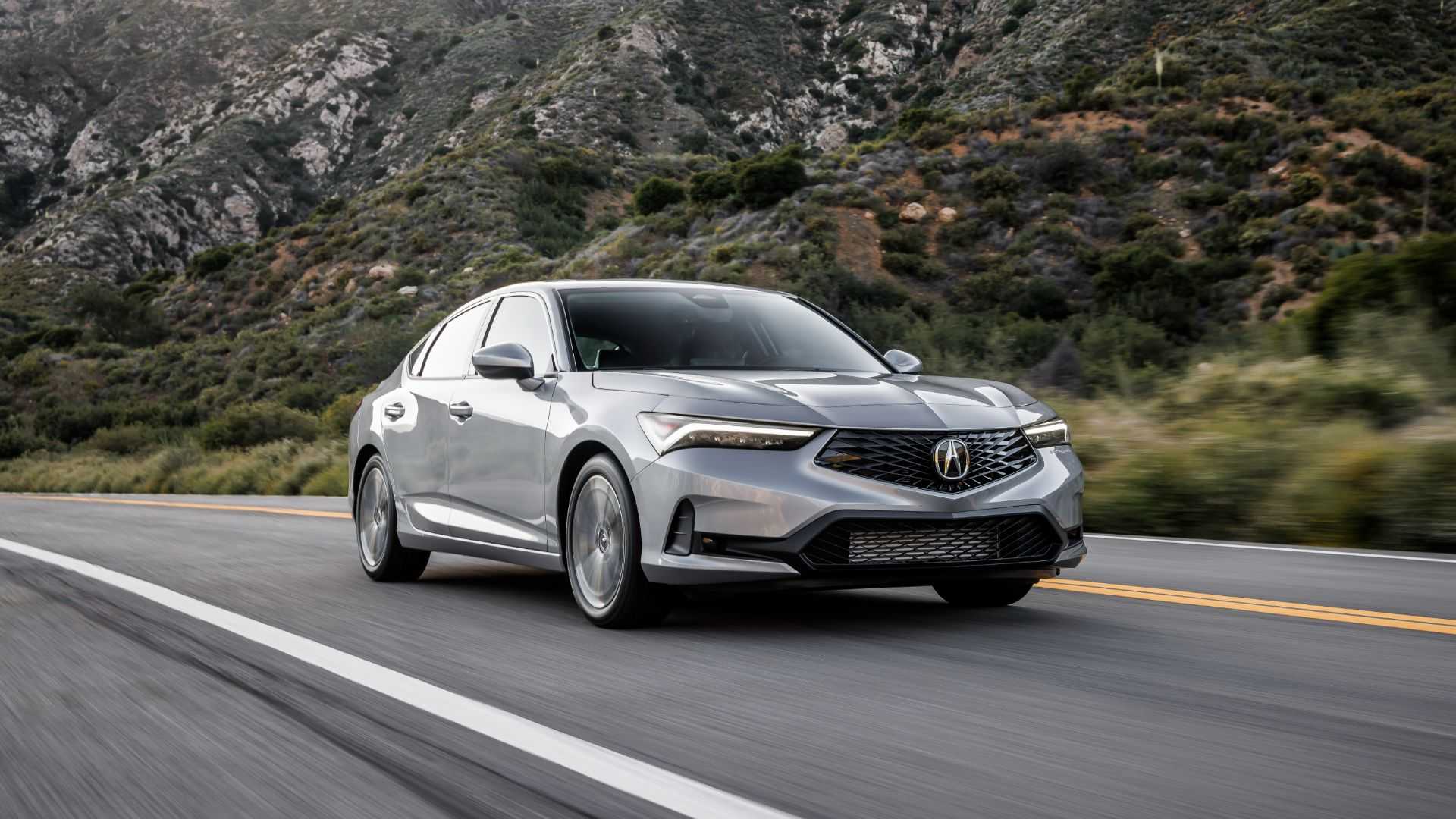
Our initial offering blurs the line between everyday practicality and opulence better than most vehicles. The newest Acura Integra closely mirrors the Honda Civic, particularly with its high-revving 200-horsepower 1.5-liter powerplant. Visually, the Acura appears somewhat more upscale; however, in standard configuration, the cabin doesn’t stray far from what you’d find inside a basic Civic.
The Acura offers additional soft-touch surfaces along with a range of choices not found on the Civic, though these distinctions are slight. Similarly, the price difference between them is negligible. A fully equipped Civic with a 200-horsepower engine begins at $28,950, whereas the entry-level Acura costs an extra $4,050 yet comes with a broader array of standard amenities. When loaded up with all possible upgrades, the Acura could exceed $43,000, making it significantly less appealing as a purchase option.
Lexus UX Hybrid
$37,715
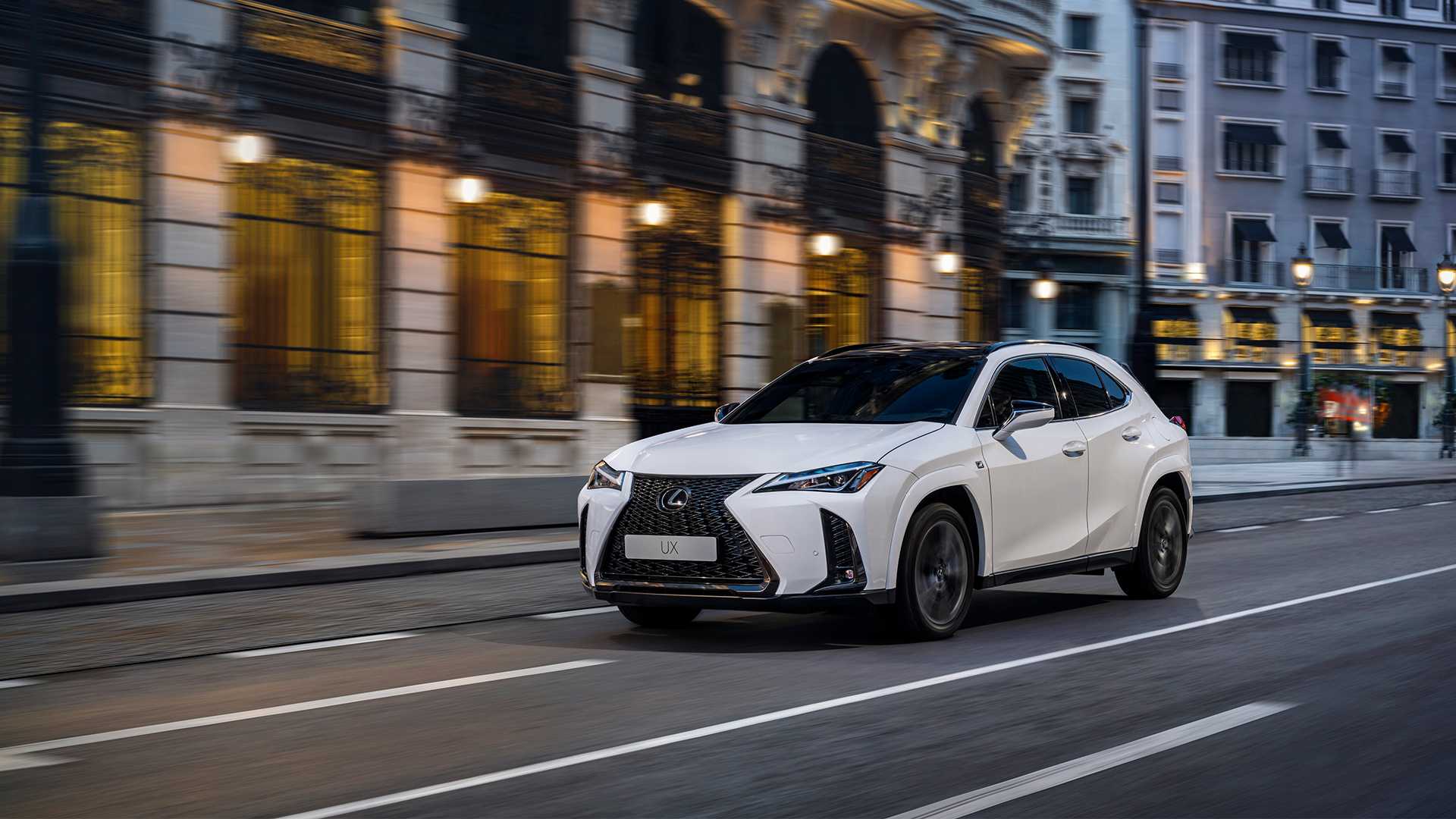
Toyota was among the earliest Japanese automakers to introduce a high-end version of their standard vehicles, beginning with the renowned Lexus LS400 back in 1989. Although certain components like switches, powertrains, and fixtures are unmistakably derived from Toyota cars, the Lexus UX300h is undoubtedly a flashier and more opulent option compared to a comparable Toyota Corolla Cross Hybrid.
Under normal circumstances, the 300h comes well-equipped right from the start. It’s advisable to limit additional features since they can cause the cost to surge close to $50,000 fairly easily. At this price point, one might consider opting for the more spacious and advanced Lexus NX 350h instead. The UX300 caters particularly well to households with young kids, making it quite noticeable during school runs. Ultimately, whether it justifies being over $9,220 pricier compared to an essentially similar Toyota Corolla Cross Hybrid depends on your personal judgment.
Audi A3
$38,200
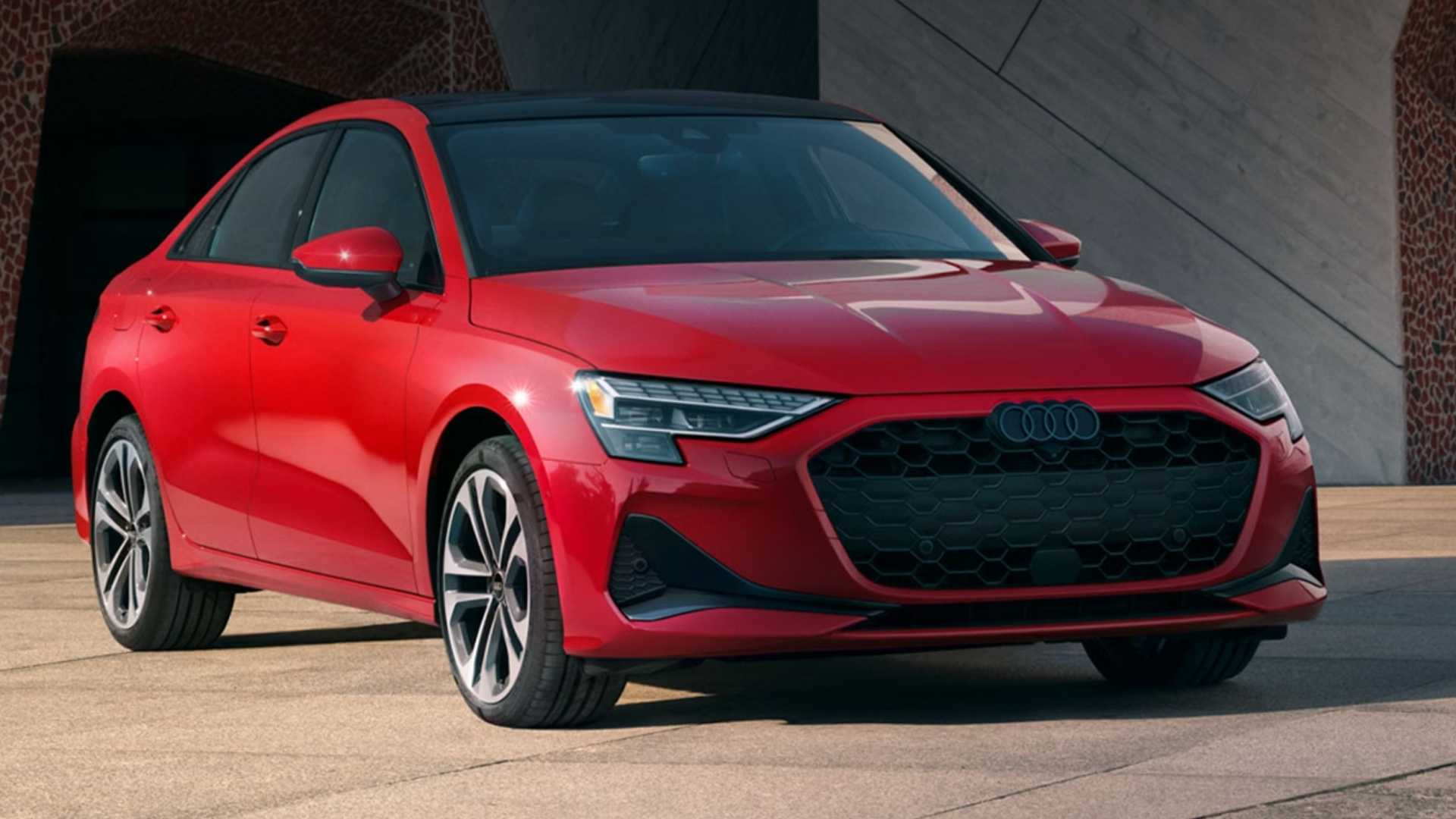
Audi has long been seen as a competitor to BMW and Mercedes, but in the 1980s and early 1990s it was still building cars that were not much more than luxurious Volkswagens with different styling. It has long since established itself as a standalone luxury brand, but the entry-level Audis still have a lot in common with VW's offerings.
The Audi A3 It certainly appears sleeker and more upscale compared to a Volkswagen Jetta, yet it uses the same underlying structure and powerplants. The entry-level Audi A3 40 TFSI boasts greater horsepower than the basic Jetta model; however, it comes with nearly double the price tag. For $32,715, you could opt for the Jetta GLI which delivers 228 horsepower and presents itself as a much sportier choice, though it falls short when measuring up against the A3’s sophistication and opulence.
BMW 230i
$41,200
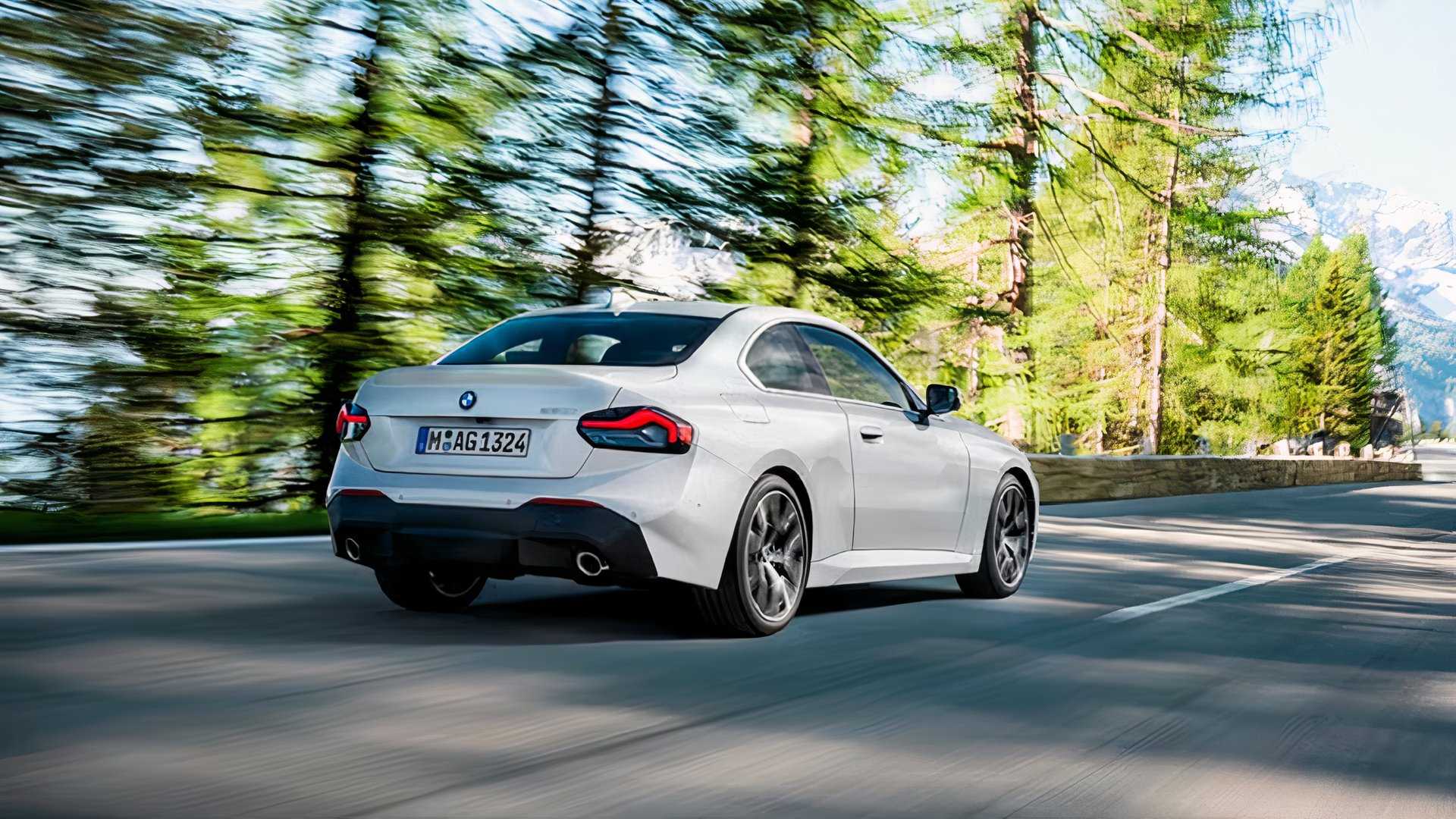
The best value proposition for driving a new BMW lies with the 230i Coupe. For your investment, you receive a vehicle built on the platform of the bigger 3 Series, ensuring superior build quality and refinement compared to many competitors. The 2.0-liter engine provides ample power, and the abundance of standard features makes the price worthwhile.
Just as with any brand from Germany, being too extravagant with the optional features can be counterproductive, yet in this instance, choosing the all-wheel-drive xDrive version incurs only a modest additional cost of $2,000. Should you favor your BMW in SUV form, the X1 xDrive28i comes at merely a $150 premium compared to the standard 230i model.
Mercedes-Benz GLA SUV
$43,000
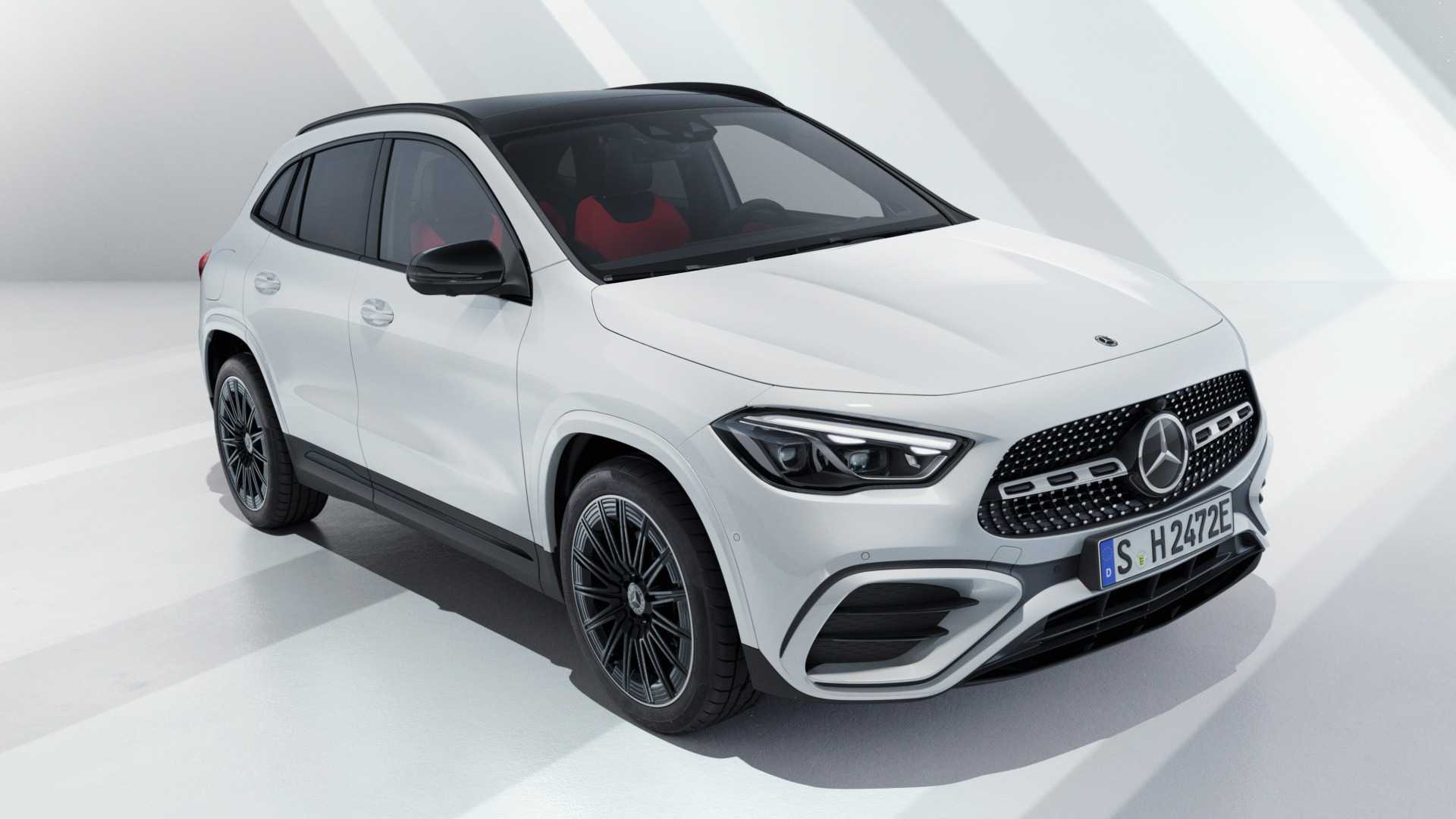
Mercedes provides various compact options in international markets, however, its base model available in the U.S. is the GLA SUV It features numerous design elements seen on high-end Mercedesses, which contribute to their appeal. When compared to other luxury small SUVs in entry-level trims, it holds up quite well.
However, it requires some additional features such as heated front seats, adaptive cruise control, and adjustable rear seats, which are all extra options. Including these will add an additional $1,460 to the price tag. Should you choose to continue selecting various upgrades, a top-of-the-line GLA could end up costing more than $58,000.
Blue Collar Badge Options
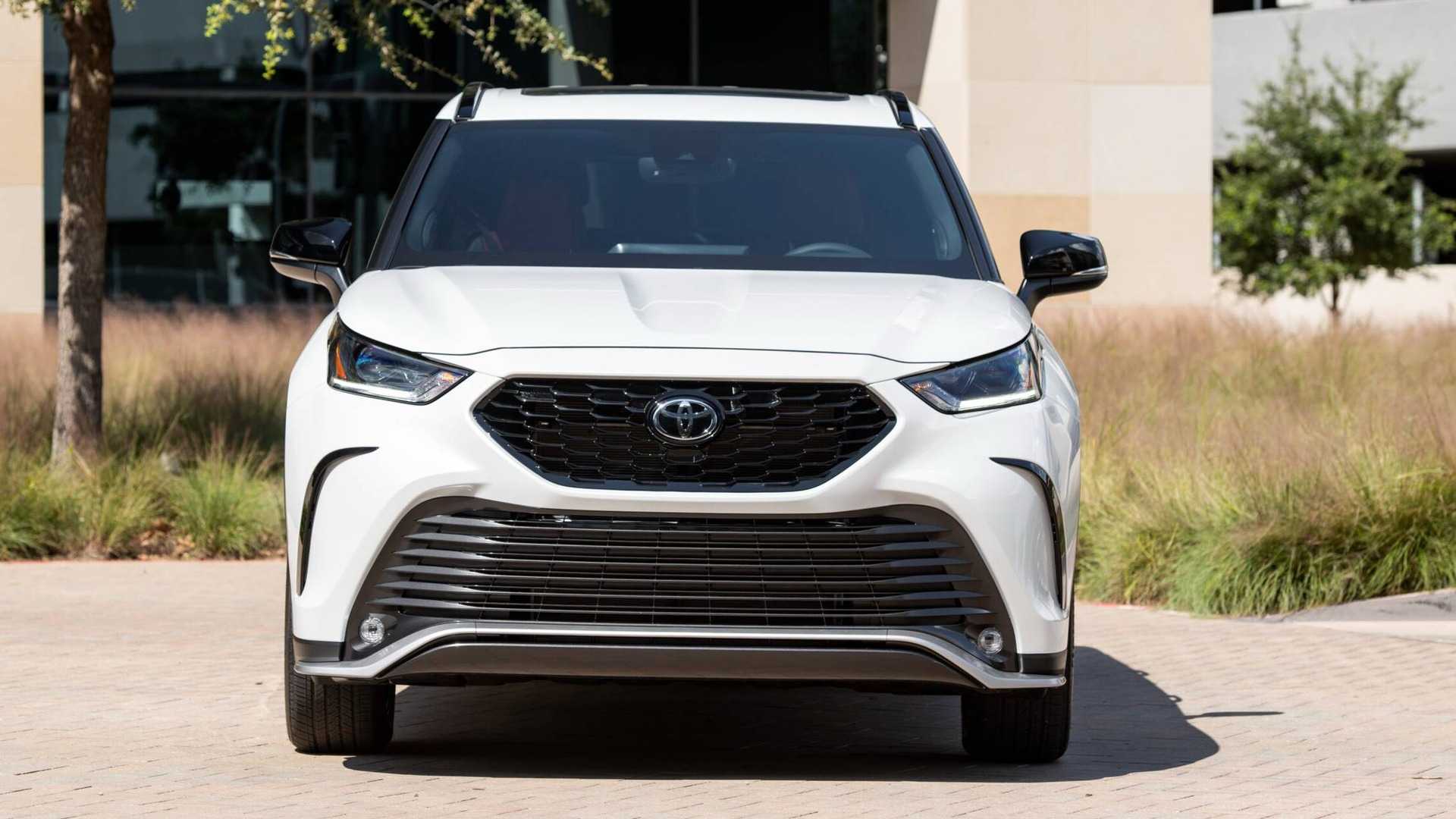
Our top-tier offerings cover an extensive price spectrum ranging from $33,000 to $43,000. For this amount, numerous attractive options abound. The Ford Mustang stands out as particularly appealing with its starting price of just $31,920; despite lacking a V8 engine, it remains swift and competent. However, compared to the BMW 230i, it falls short in terms of handling refinement and build quality inside the cabin. This enhanced sophistication comes at nearly a $10,000 markup over our featured models.
The Toyota Highlander SUV It’s a tough and dependable car that provides ample room and strong off-road capabilities for the price point. While it features an outdated-looking infotainment interface compared to costlier options, it remains a solid choice without breaking the bank. The overall refinement isn’t quite up to par with premium models, yet it surely delivers great value unless you opt for top-tier trims. Unlike luxury vehicles such as the Mercedes GLA or Lexus UX which draw attention, this model stands out through functionality rather than style, making it ideal for buyers looking to stay within their budget constraints.
Although there aren't any direct fancy substitutes for the Ford F-150 We've added this model to demonstrate what excellent value you can find for less than $40,000. While the interior materials may be more budget-conscious in the lower trims, both the standard engine and robust construction quality remain commendable. However, a basic F-150 might fall short when it comes to driving enjoyment or day-to-day comfort. If these aspects are important to you, consider moving up to the STX trim level at around $44,100.
Conclusion
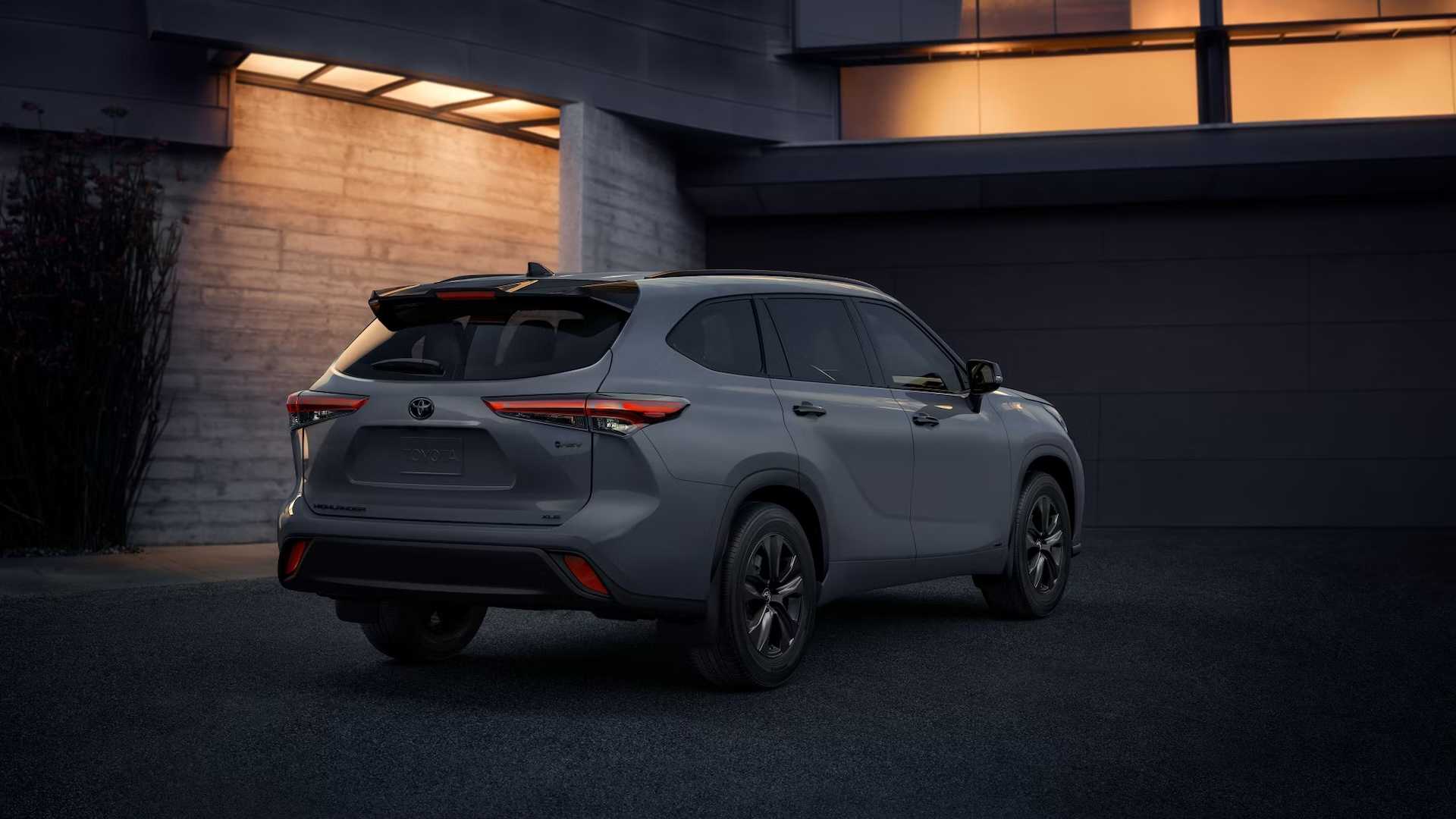
Choosing a basic high-end model instead of a fully equipped standard car often involves expenses that may not hold up under objective scrutiny. Typically, lower trim levels miss out on numerous luxurious amenities that initially prompt us to spend more money; however, these premium vehicles offer a certain style and prestige which are much harder to measure precisely.
If you are after the most bang for your buck, a regular Toyota, Honda, Volkswagen, or Hyundai is always going to look more desirable on paper. But there are a few entry-level luxury models that offer both an upmarket feel and the driving experience to back it up. And it's hard to ignore that feel-good factor...
Sources: Acura, Lexus, Audi, BMW, Mercedes, Honda, Ford, Toyota

Posting Komentar
Posting Komentar